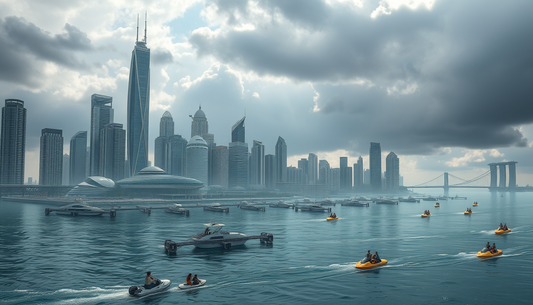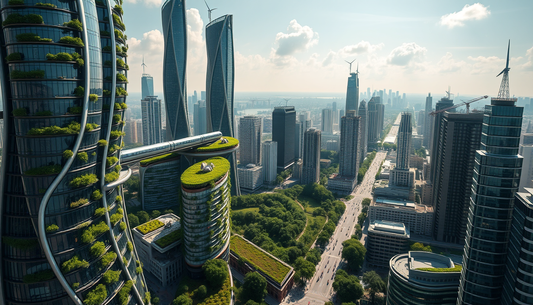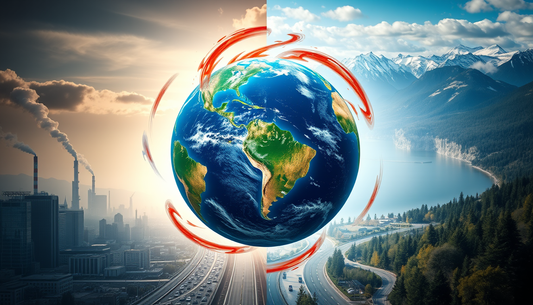Permafrost, that expanse of frozen land that covers vast areas of the Arctic, has always been considered a sort of natural "freezer", a reserve of carbon and methane trapped for centuries. However, global warming is challenging this delicate balance, with potentially catastrophic consequences for our planet.
Melting Permafrost: An Invisible Threat
Imagine for a moment that you have a time bomb in your backyard. Here, this is more or less how we can describe the phenomenon of permafrost melting. Beneath the surface of those frozen lands lies an enormous quantity of greenhouse gases, mainly methane, which have remained trapped for millennia. But now, as temperatures rise, this "natural freezer" is slowly breaking down, releasing these gases into the atmosphere.
According to experts, permafrost contains double the carbon present in the atmosphere. This means that if even a small portion of this carbon were released, we would have a devastating impact on the global climate. And unfortunately, the signs of this process are already before our eyes.
The Increase in Methane Emissions
One of the most worrying effects of thawing permafrost is the increase in methane emissions. This greenhouse gas, although less abundant than carbon dioxide, is much more potent in its greenhouse effect, with a global warming potential 28 times greater than that of CO2 over a 100-year period.
Measurements carried out in recent years have detected a significant increase in methane concentrations in the atmosphere, especially in the Arctic regions. This phenomenon is accelerating global warming, creating a dangerous feedback loop: the more the permafrost melts, the more methane is released, which in turn further accelerates the melting.
Devastating Impacts on the Environment and Arctic Communities
Melting permafrost will not only have global consequences, but will also have a devastating impact on the ecosystems and communities living in these regions. Many infrastructures, such as roads, pipelines and homes, were built on stable, frozen ground. But with the thaw, these structures risk collapsing, putting people's lives at risk.
Furthermore, the melting of permafrost is radically changing the Arctic environment, with the disappearance of crucial habitats for wildlife and the destruction of traditional hunting and fishing areas for indigenous peoples. These changes threaten the very survival of entire communities, forced to adapt to a rapidly and dramatically transforming environment.
Meeting the Challenge: Mitigation Strategies
Faced with this looming threat, it is essential to take concrete measures to mitigate the effects of melting permafrost. First of all, it is necessary to intensify efforts to drastically reduce greenhouse gas emissions globally, through the adoption of more sustainable energy policies and the acceleration of the transition towards renewable sources.
At the same time, it is important to invest in monitoring and research programs to better understand methane release mechanisms and develop adaptation strategies for Arctic communities. This could include relocating settlements, strengthening infrastructure and diversifying economic activities.
Conclusion: A Call to Action
The melting of permafrost represents a global threat, with consequences that go far beyond the borders of the Arctic. This phenomenon dramatically reminds us that climate change is not just a question of rising temperatures, but of delicate balances that, once broken, can trigger unpredictable chain reactions.
The time has come to act with urgency and determination to meet this challenge. We must reduce emissions, invest in research and support the most vulnerable communities. Only in this way will we be able to avoid the most catastrophic scenarios and guarantee a sustainable future for our planet. Our time is increasingly limited, but the stakes couldn't be higher.







